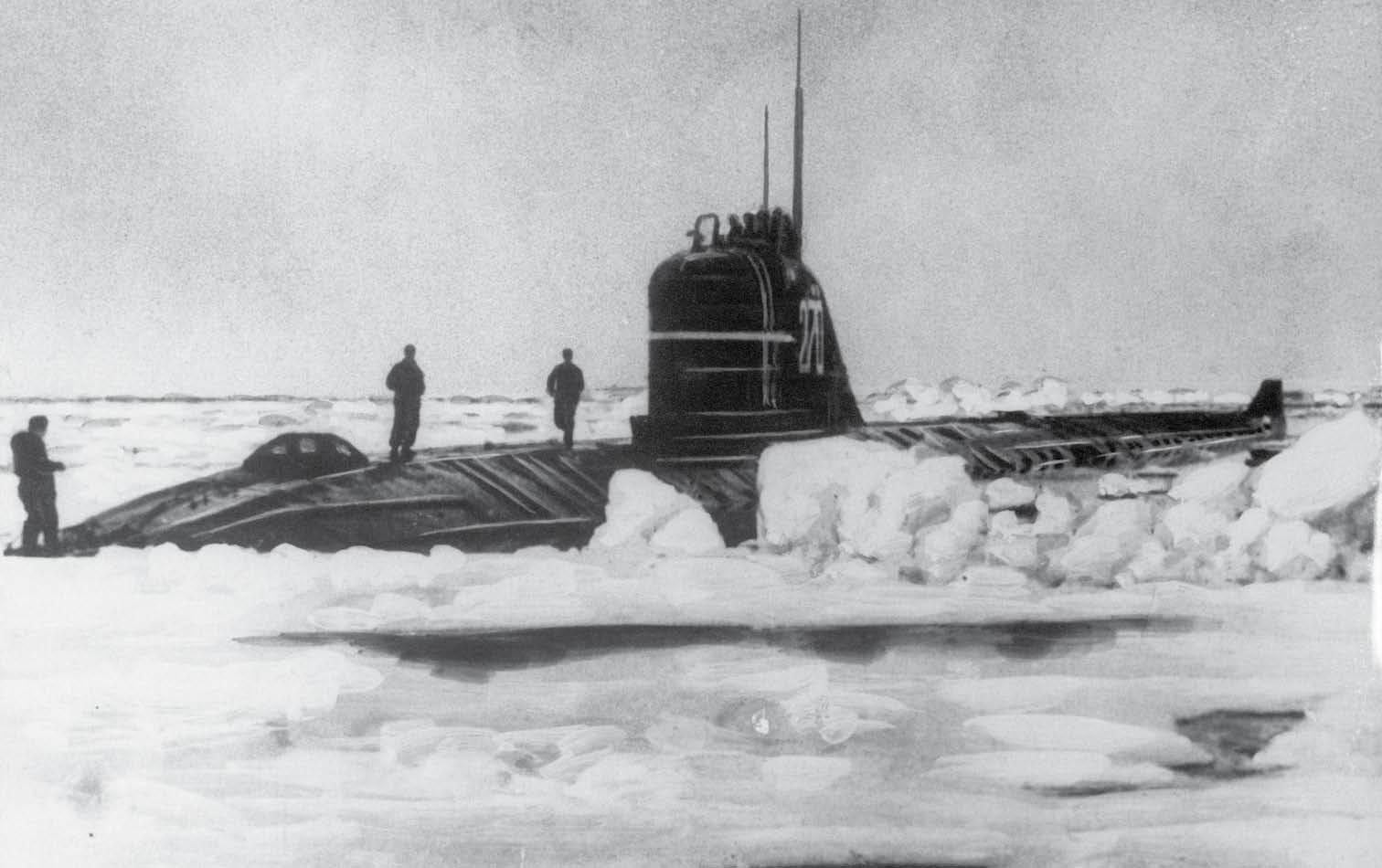
A November class submarine on the surface in the Arctic ice. (Getty Images)
The first November class boats began to enter the Northern Fleet in numbers between 1960 and 1963. However, they were not used during the 1962 Cuban Missile crisis, as the Soviet Navy was concerned about the reliability of their steam generators, which had a tendency to develop cracks. These in turn would result in water ingress and the transfer of radioactivity. Any submarine developing these problems would not have had the local support available in the western Atlantic to effect repairs. Instead, the Soviet Navy deployed Foxtrot and Zulu class diesel-electric submarines.

A November class submarine on the surface in the Arctic ice. (Getty Images)
The first indication to NATO of the capabilities of Soviet attack submarines came as late as 1968, when a November class submarine managed to keep pace with the USS Enterprise and her escorting force in the eastern Pacific. The carrier group accelerated to at least 30 knots, but the submarine tracking the ships underwater was easily able to keep within range. Up until this point, NATO analysts had assumed that the Novembers only had one reactor (like US attack submarines) and would therefore only be able to make 23 knots. The impact of this was profound and shaped the development of the US Navy’s second and third generation submarines. The tracking of NATO-carrier groups by Soviet submarines soon became a familiar part of the Cold War confrontation. Three examples given by a Russian author included the tracking of the USS Ranger by the Victor I class submarine K469 for seven days in 1979, the tracking by K462 (another Victor I) of a group comprising USS Iowa and HMS Ark Royal in 1986, and the penetration of USS America’s defensive screen in 1985 by K524 (Victor III class). In addition, the two sides’ attack boats repeatedly trailed each other under the water. In January 1973, a Victor class submarine even managed to penetrate the Clyde estuary in the United Kingdom, the ‘backyard’ of the Royal Navy’s submarine service from which its ballistic missile submarines and many of its attack submarines sailed.
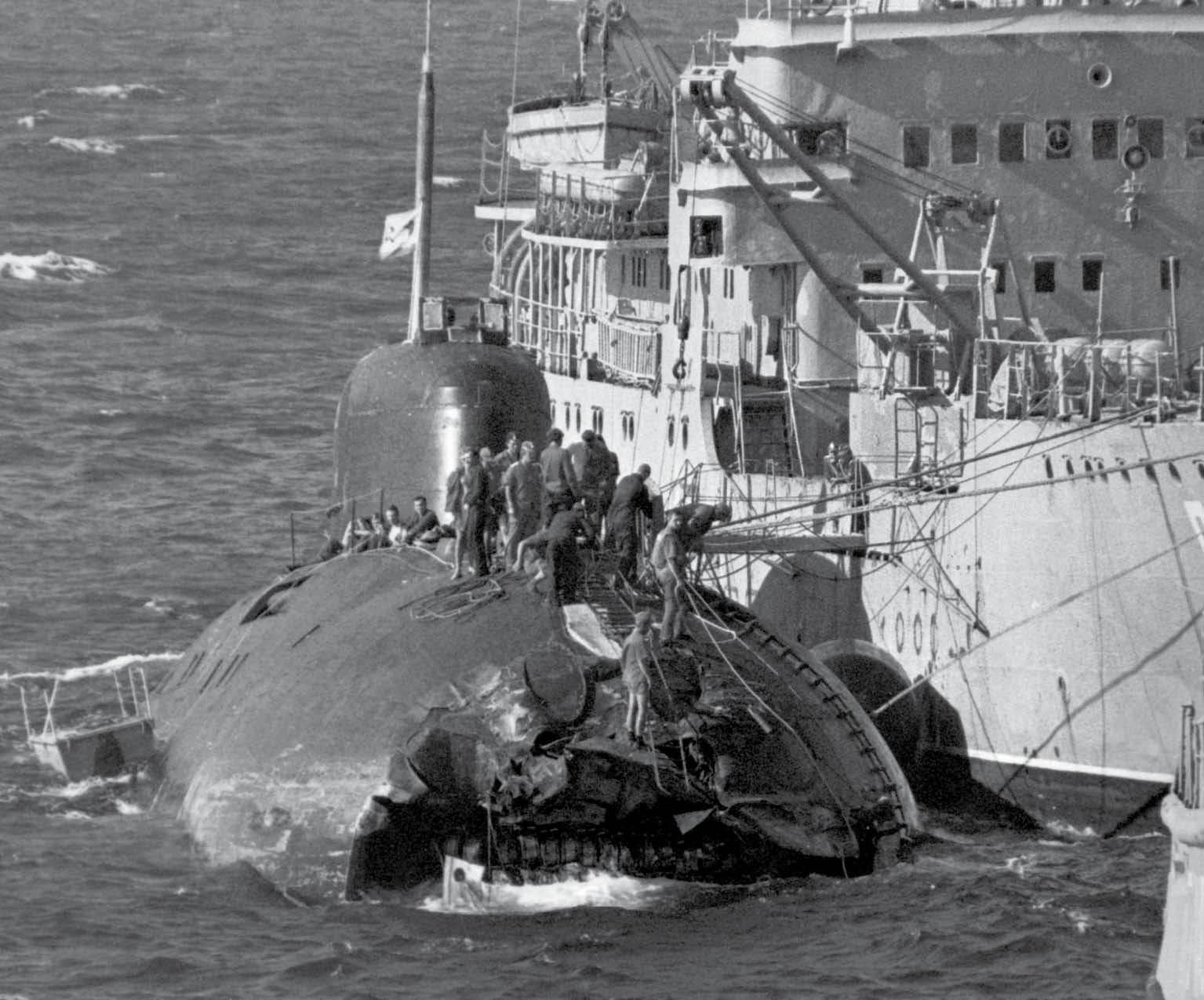
The Victor I class submarine K 53 after colliding with a Soviet merchant ship. Damage to the bows is clearly evident. Amazingly no one was killed in the accident. (Getty Images)
During the 1970s, the Soviet Navy increasingly deployed beyond its traditional areas to the Indian Ocean and the coastlines of western and eastern Africa. The purpose of these deployments was to support allies in these regions and make clear to the US and its allies that Soviet forces had a worldwide reach. Initially such deployments involved surface ships only, but by the late 1970s, Soviet attack submarines were increasingly evident. K481 (Victor I class), K488 and K517 (both Victor II class) were deployed to the Arabian Sea and Persian Gulf between 1979 and 1981, following the overthrow of the Shah in Iran and the re-entry of western naval forces into the Persian Gulf. These vessels operated from the Berezina floating base in Aden, a city which only twelve years before had been a significant British military base. In addition, submarines began visiting Luanda, the capital of Angola, which after independence in 1975 had become an ally of the Soviets. Both K481 and K438 visited in 1981–82.
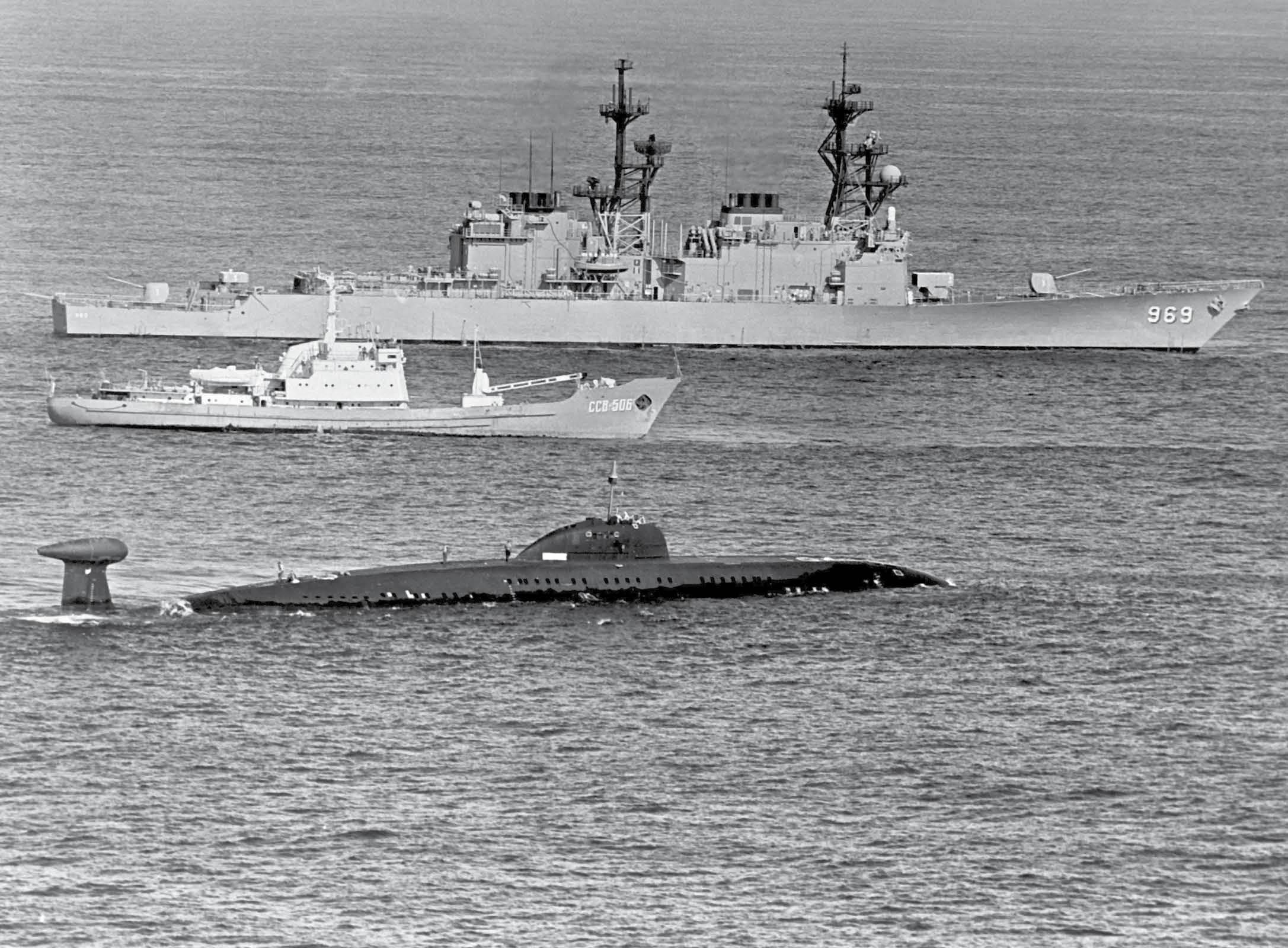
After being disabled by the towed array cable of USS McCloy, K324 was closely shadowed by the USS Peterson. This image shows a Soviet vessel placing itself between Peterson and K324, prior to towing her to Cuba. (US Navy)
Major Soviet exercises also spread naval vessels across the world’s oceans, not least the two huge Okean-70 and Okean-75 exercises, which involved worldwide deployments of naval vessels co-ordinated from Moscow. Soviet attack submarines were heavily involved in such exercises, and it was following the completion of its part in Okean-70 that the November class submarine K8 was lost in an accident (see below). Later exercises were smaller scale, but nonetheless significant operations. Operation Atrina in 1987 involved one Victor II class submarine (K524) and five Victor IIIs (K244, K254, K255, K298, K299). Another operation, Operation Aport, was used as a proving ground for the advanced SOKS underwater detection system, and involved K147, K488 and K324 (Victor I, II and III respectively). Following the end of the Cold War, and the collapse of the Soviet Union, the operational deployments and effectiveness of the navy reduced dramatically as funding and resources dried up. However, some boats remained operational through the 1990s. For example, K138 accompanied an SSBN to the North Pole for test firings of the TK-20 missile and delivered 10 tonnes of food to the ice- and snowbound village of Hatsaravei on the coast of the Kara Sea.
Soviet nuclear-powered submarines suffered a considerable number of accidents during the Cold War. This chapter first summarises the major accidents that befell Soviet nuclear-powered attack submarines, and then discusses the reasons for so many accidents. The tragic loss of the sole Mike class submarine, the Komsomolets, in 1989, is described in the commentary to Plate G.
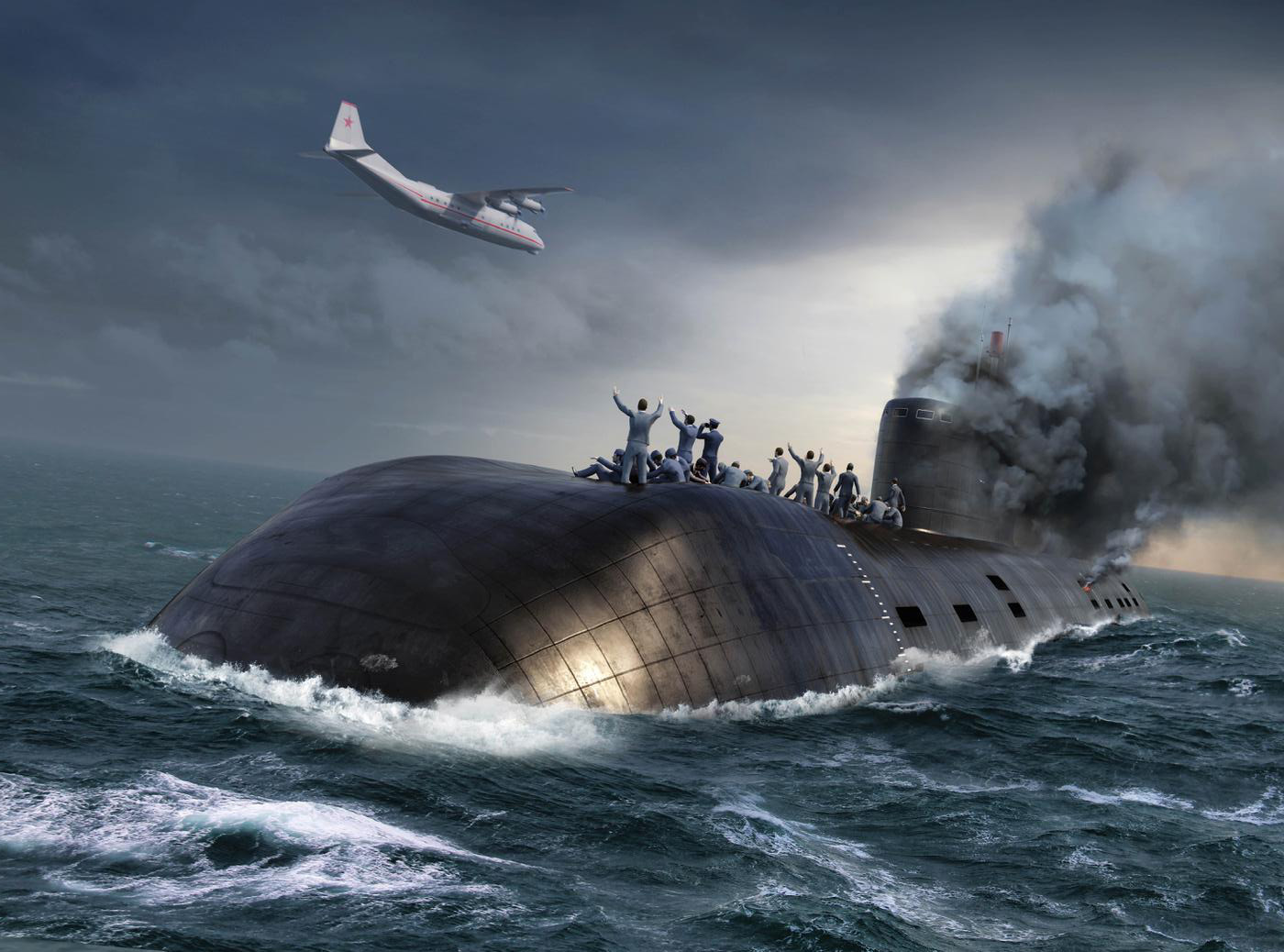
The single Mike class submarine, the K278 (renamed Komsomolets in 1988), met a tragic end, resulting in the deaths of more than half her crew. After four years of trials, the Komsomolets became an operational submarine with a new crew under Captain 1st Class Yevgeniy Vanin. The new crew were unfamiliar with the submarine and one Russian source stated that it had not organised a proper damage control division. On 7 April 1989, the Komsomolets was returning from an operational patrol, cruising at 385m below the surface in the Norwegian Sea. In the boat’s seventh compartment aft, a high-pressure air-line connected to ballast tanks broke its pressure seal, oil ignited in the compartment and the fire was fanned by the high-pressure oxygen escaping from the air-line. Captain Vanin hesitated to flood the compartment with freon oxygen – suppressing gas to dampen the fire – as he knew it would probably kill the sailors in the compartment. The Chief Engineer finally persuaded Vanin to use the Freon but it was released too late – the fire had already spread to the sixth compartment and temperatures were reaching over 800 degrees Celsius. Emergency systems to protect the reactors activated, shutting them down. Control over the rudder and diving planes were lost as hydraulic pressure reduced and the boat sank to 500m. The internal communications system also shut down. The main ballast tanks were blown twice to bring the damaged submarine to the surface at around 11.20am. Non-essential crew were sent to the deck casing and the sail, but the firefighting teams were hampered by poisonous carbon monoxide having entered the air supplies of their face-masks.
An emergency signal was sent to fleet command, but it was garbled and received late. By 12.19pm and not having received any reply or seen any Soviet aircraft, Vanin sent an uncoded S.O.S. A Soviet rescue aircraft reached the submarine at 2.40pm, but the weather soon worsened and, by 4.30pm, blowing the aft ballast tanks to maintain stability in the choppy seas in fact resulted in the dangerous ingress of water, which soon destroyed any remaining buoyancy. Captain Vanin ordered abandon ship at 4.42pm, but there were problems launching one of the two life rafts due to poor crew training and some of the crew ended up in the freezing water. Vanin himself had returned below decks when it became clear that the order to abandon ship had not been heard by all of those in the gas- and smoke-filled control room. Vanin and five other crew members then found themselves in a stricken submarine plunging to the seabed. Vanin led them to the Komsomolets’ rescue pod in the sail but they were unable to release it from the submarine, which was sinking fast at an angle of 80 degrees. Finally, having passed 1,600m in depth (over four times the maximum depth for most nuclear submarines and 600m deeper than the safe depth for Komsomolets herself), the pod finally broke free following an internal explosion on the submarine and it rushed at great speed to the surface. Poisonous gasses in the pod had caused three of the six to lose consciousness including Captain Vanin, and internal pressure blew off the pod’s lid when a crew member attempted to open it. With no lid in increasingly heavy seas, the pod soon filled with water. Only two crewmen were able to escape, and the other four, including the unconscious Vanin, returned to the deep inside the flooded pod. A fishing boat arrived on the scene and picked up crew in the water and in a life raft, three of whom died later. Only 27 crew survived the Soviet Navy’s highest-profile submarine disaster.

Following the collapse of the Soviet Union, there were other accidents, including a fire in the turbine compartment of the Victor III class boat, K305; in 1994, a leak of oxygen-suppressing fire protection gas in a compartment in Volk, an Akula class boat; in 1996, a reactor accident in the Sierra II boat Nizhniy Novogorod and a fire on Pantera (Akula class) in November 2006. Most seriously, on 8 November 2008, another accidental activation of an oxygen-suppressing system on board the Akula class boat Nerpa caused the deaths of 20 crew members from asphyxiation.
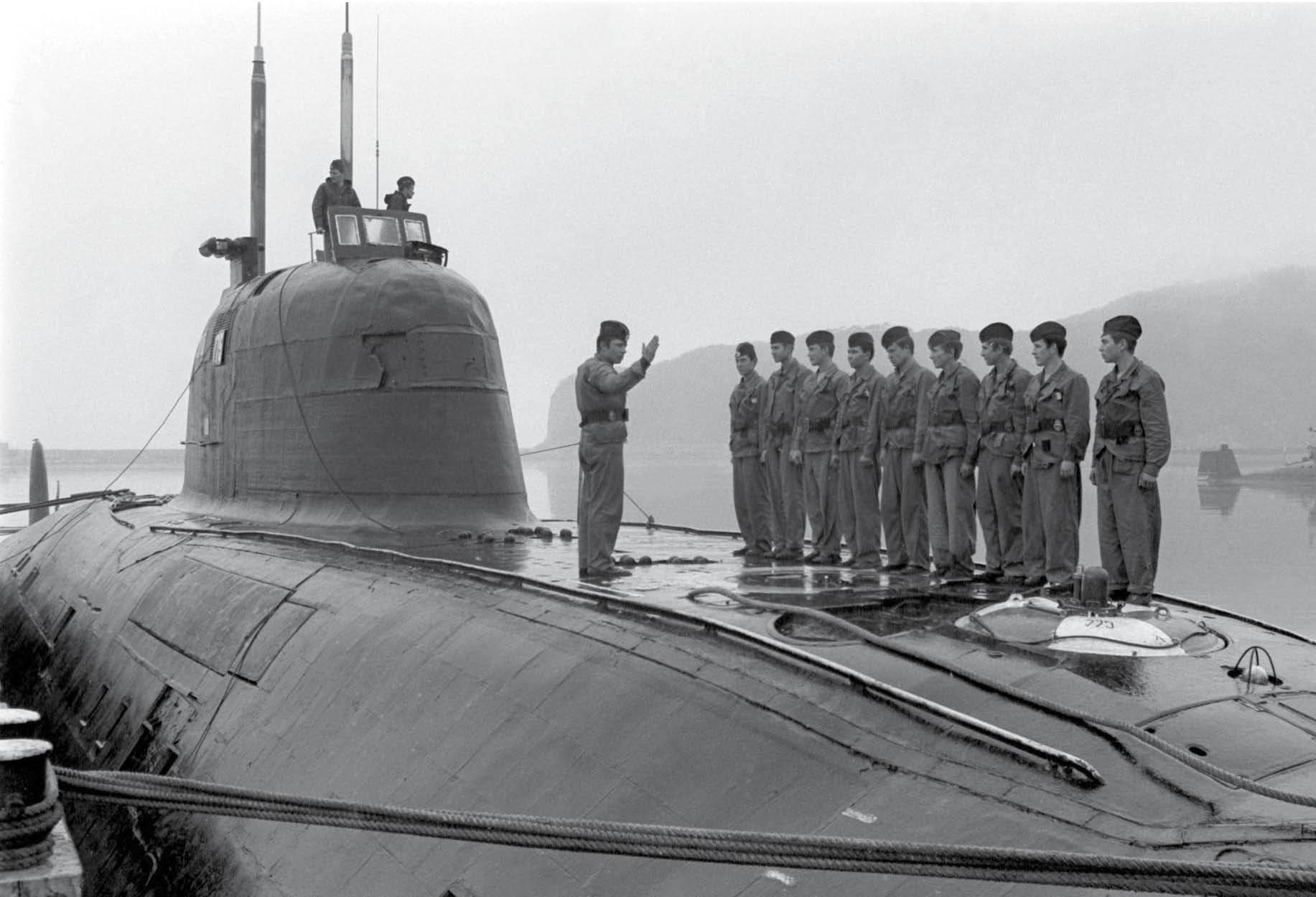
Crewmen mustered on the deck of a Victor class submarine. (Getty Images)
Why were Soviet submarines so prone to accidents compared with their NATO counterparts? To some extent this was due to repeated Soviet attempts to use innovative technologies to leap-frog the capabilities of US vessels. However, this was combined with a dysfunctional relationship between the Navy and the shipbuilding industry. If the builders could deliver a vessel to the Navy under its own steam, then it would be transferred to naval control, even if some key systems and equipment had not been added. Insufficient skills among some shipyard workers also increased the likelihood of incorrect or faulty installation and construction. It was no accident that more than two thirds of Soviet attack submarines were handed over to the Navy in December, and nearly all the rest in November or October. Shipyards had end-of-year deadlines to meet, and the Navy was politically unable to reject transferred equipment. The Navy inspectors that were meant to ensure quality control at the yards (the ‘voenpredy’), had stronger incentives to ensure on-time delivery than to ensure the functioning of systems. This therefore meant that some equipment would be fitted (and faults repaired) at Navy repair yards, and vessels might only become fully operational some years after their formal transfer.
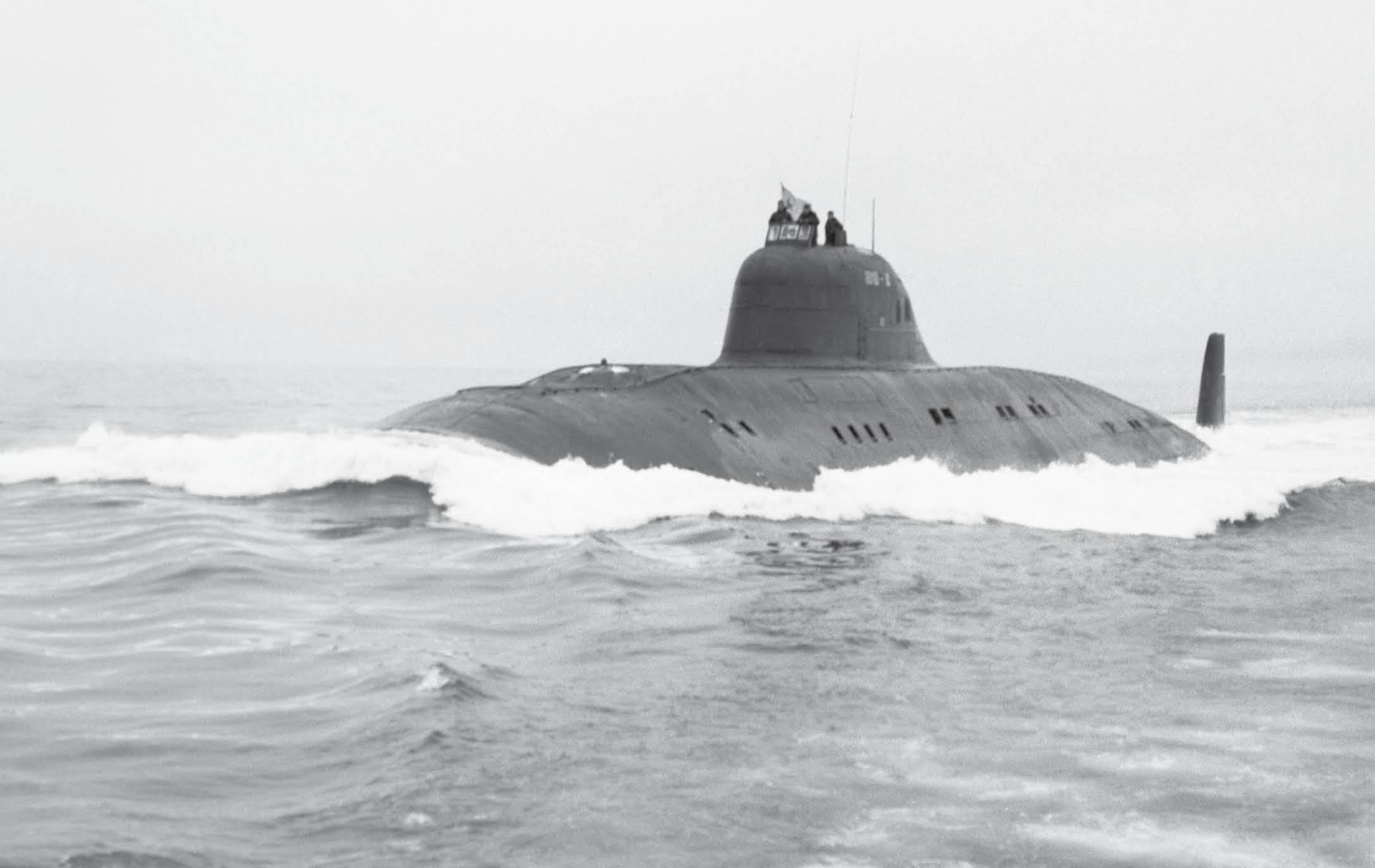
A Victor I boat at sea. The Soviets were keenly aware that their own submarines were much inferior to their NATO counterparts when it came to noise emissions. (US Navy)
Another significant problem was trained manpower: Soviet seamen were conscripts performing three years of national service. Increasingly sophisticated submarines were not appropriate places for such conscripts. It is no accident that huge efforts were made with the second and third generations of Soviet submarines to reduce crew size through automation. The aim was to use as few junior rates as possible and focus on crews made up largely of professional commissioned and warrant officers. Finally, the extreme ‘stove-piping’ of engineer and general officers throughout their sea-going career meant that understanding of engineering issues was deficient amongst the general officers who commanded vessels, while engineer officers lacked an understanding of operational-tactical issues. In short, commanders often did not know their own vessels well enough, and there was often insufficient trust built up with engineers to deal with technical crises. As partial compensation for these problems, the numerous safety features in Soviet submarines (double hulls, multiple watertight compartments, high reserve buoyancy, escape pods) did mean that many more sailors survived major accidents than would have been the case otherwise.
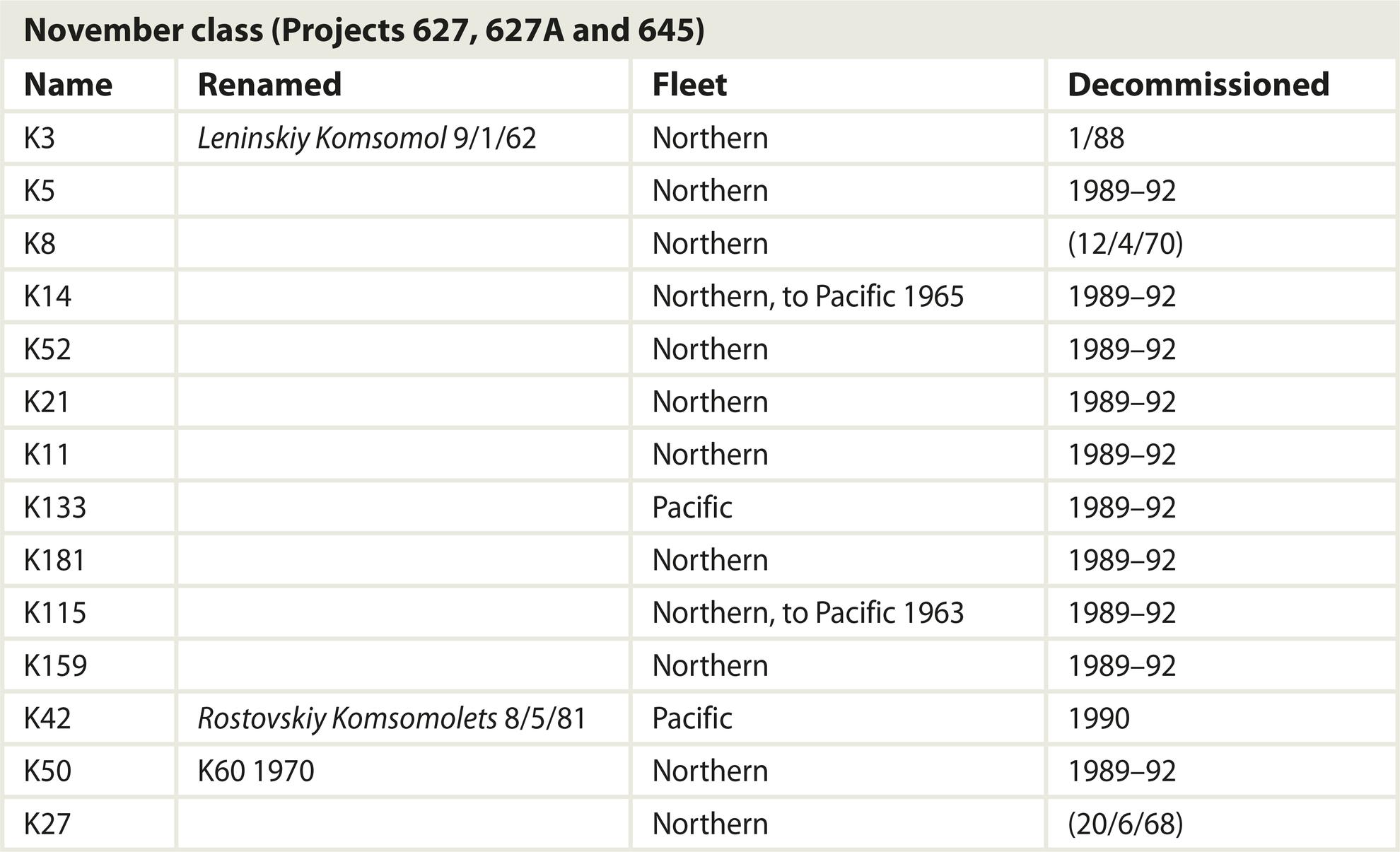
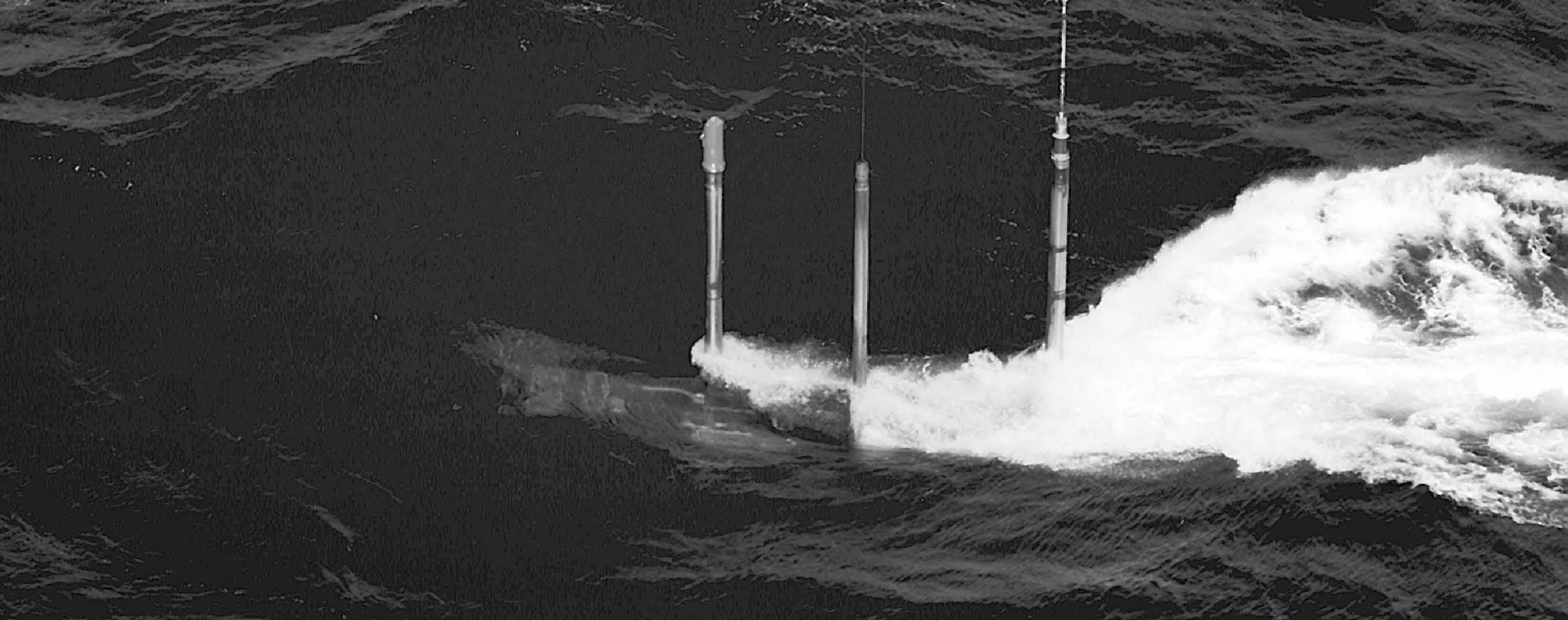
A Victor class submarine diving with only her periscope and communications arrays visible. (US Navy)



A Victor III class submarine on the surface in the Pacific. (US DoD)
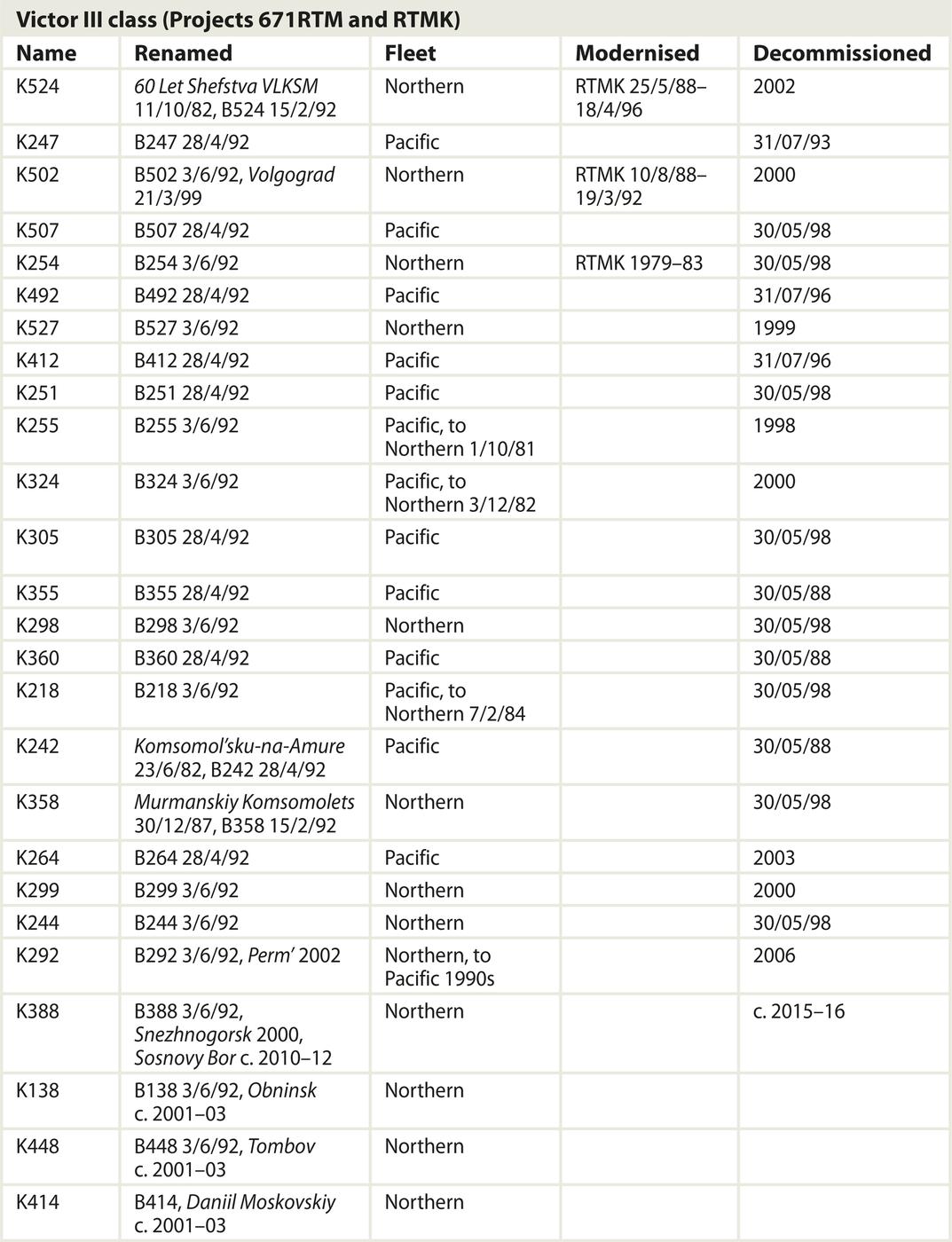
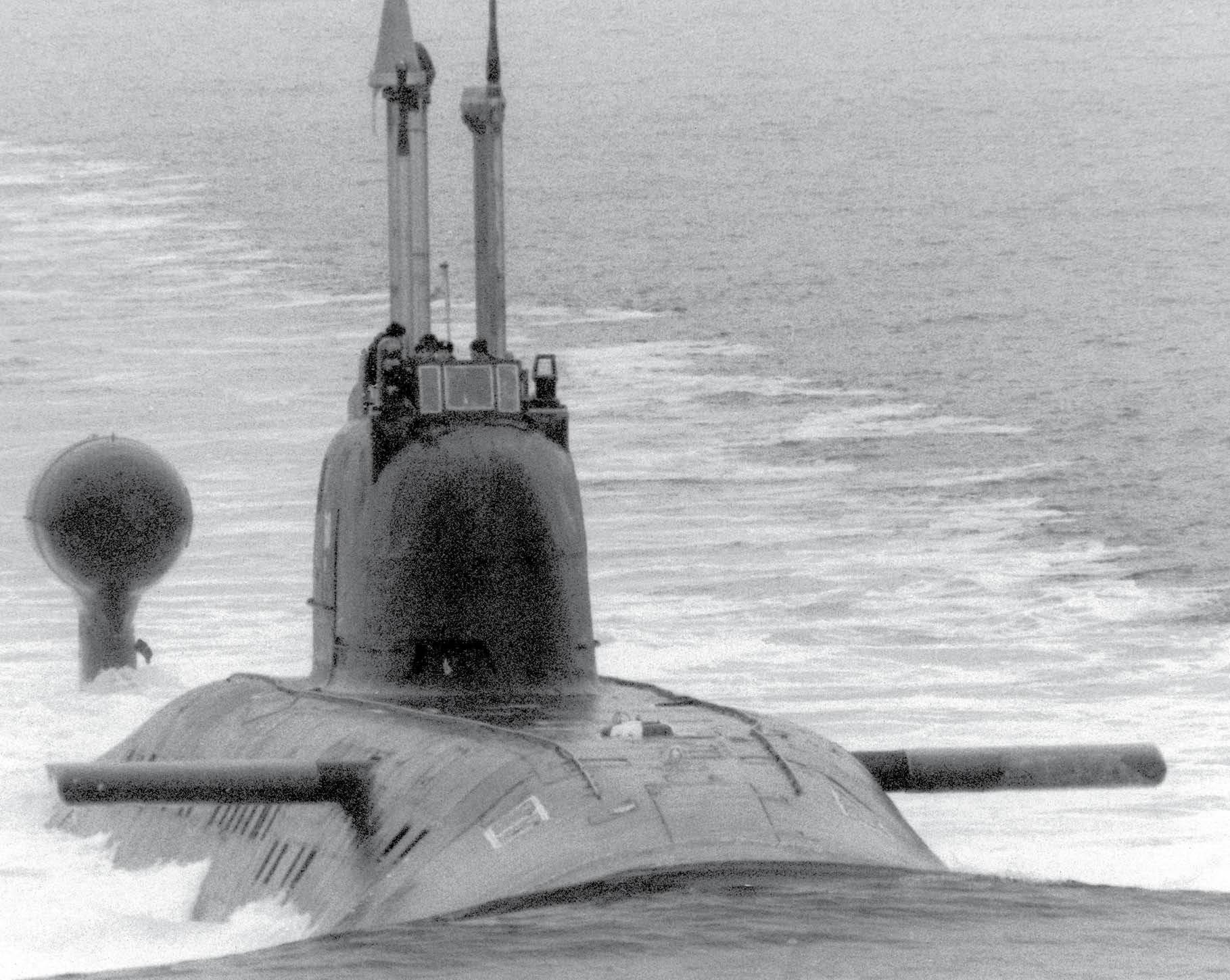
A Victor III class submarine at sea. These boats formed the backbone of the Soviet submarine fleet in the 1980s. (US DoD)
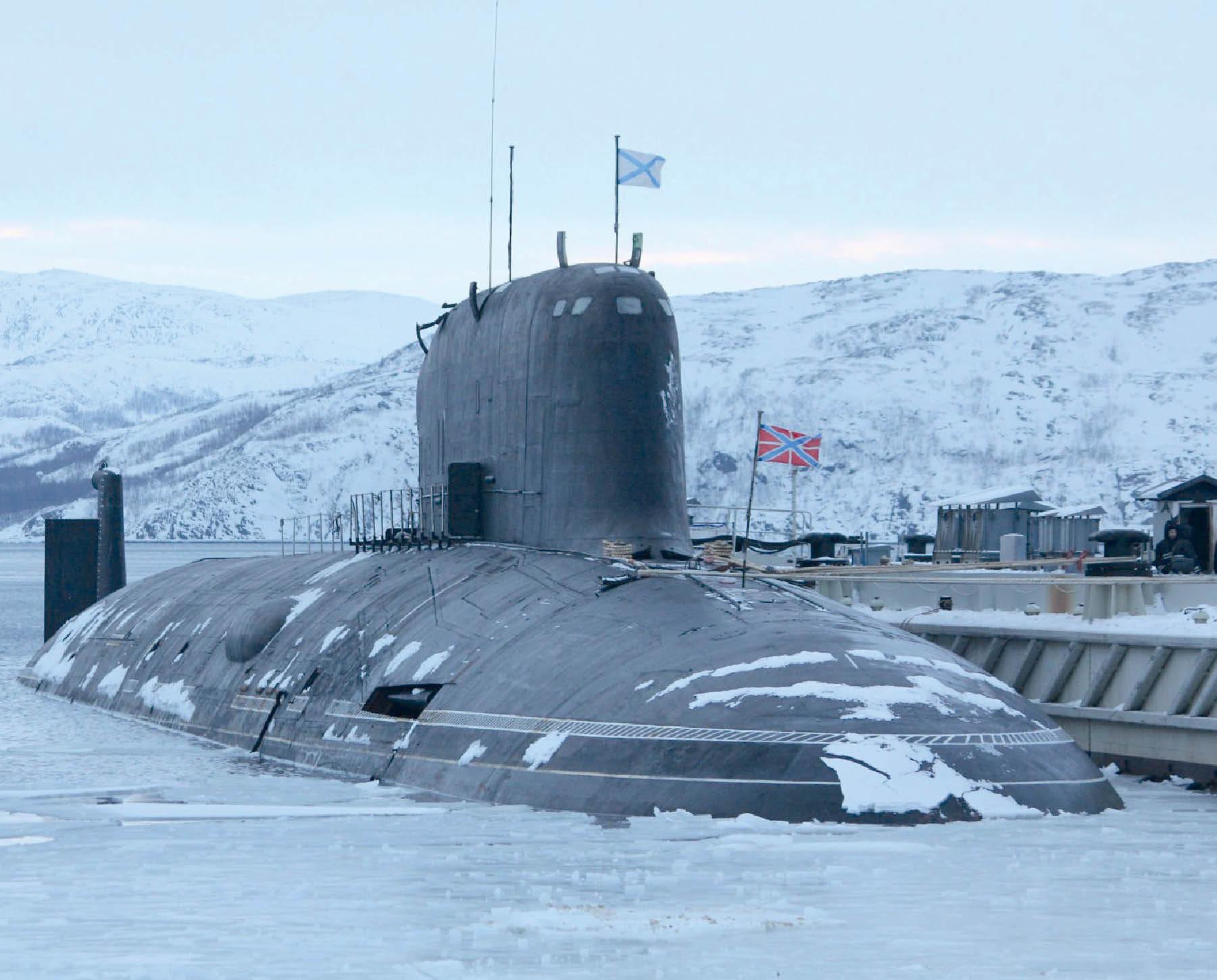
The first boat of the ‘fourth generation’ of Soviet nuclear-powered attack submarines: Severodvinsk alongside. Incorporating lessons from third generation boats, the class was much delayed but series production is now beginning. (Mil.ru/CC-BY-4.0)



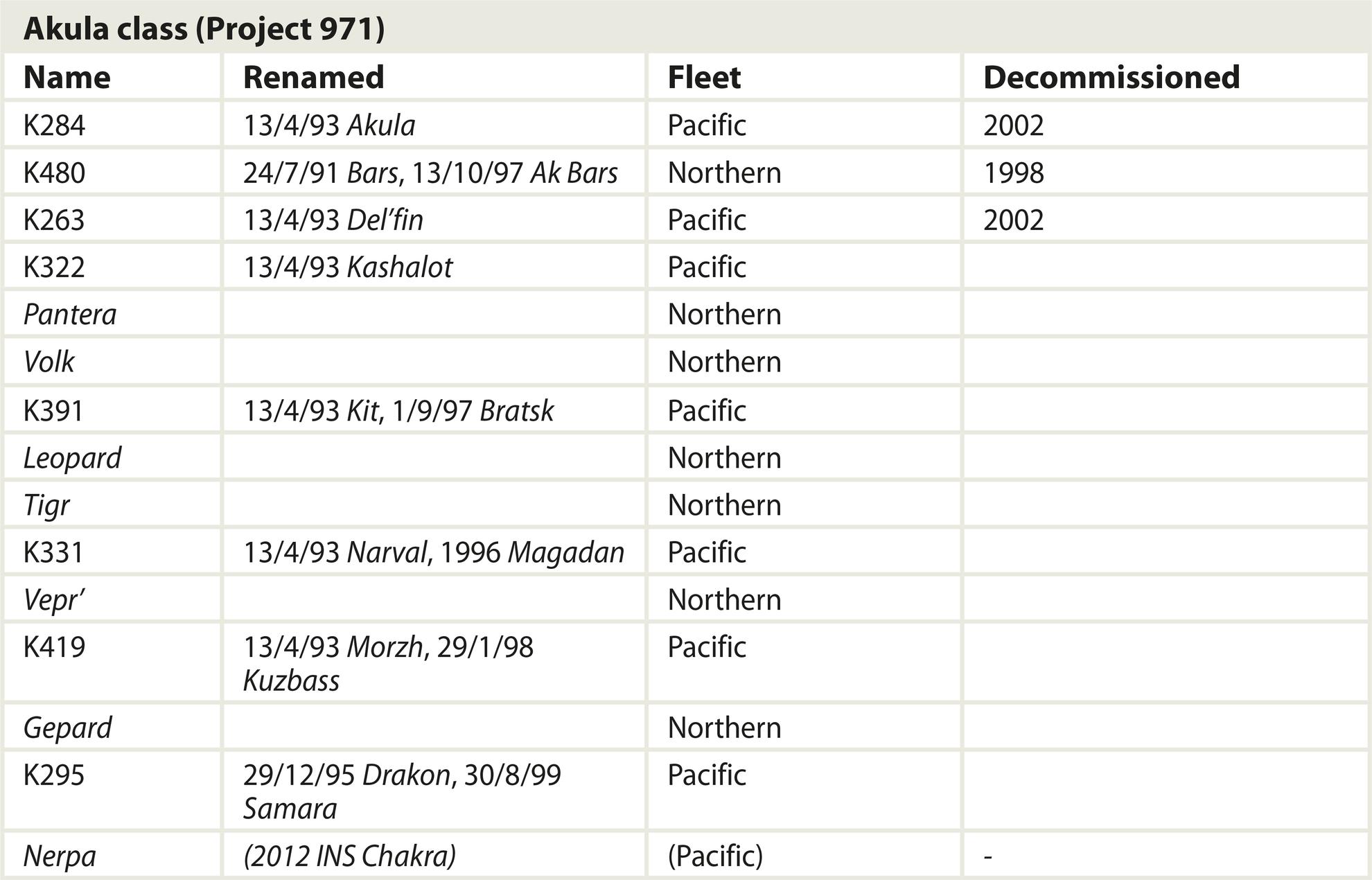
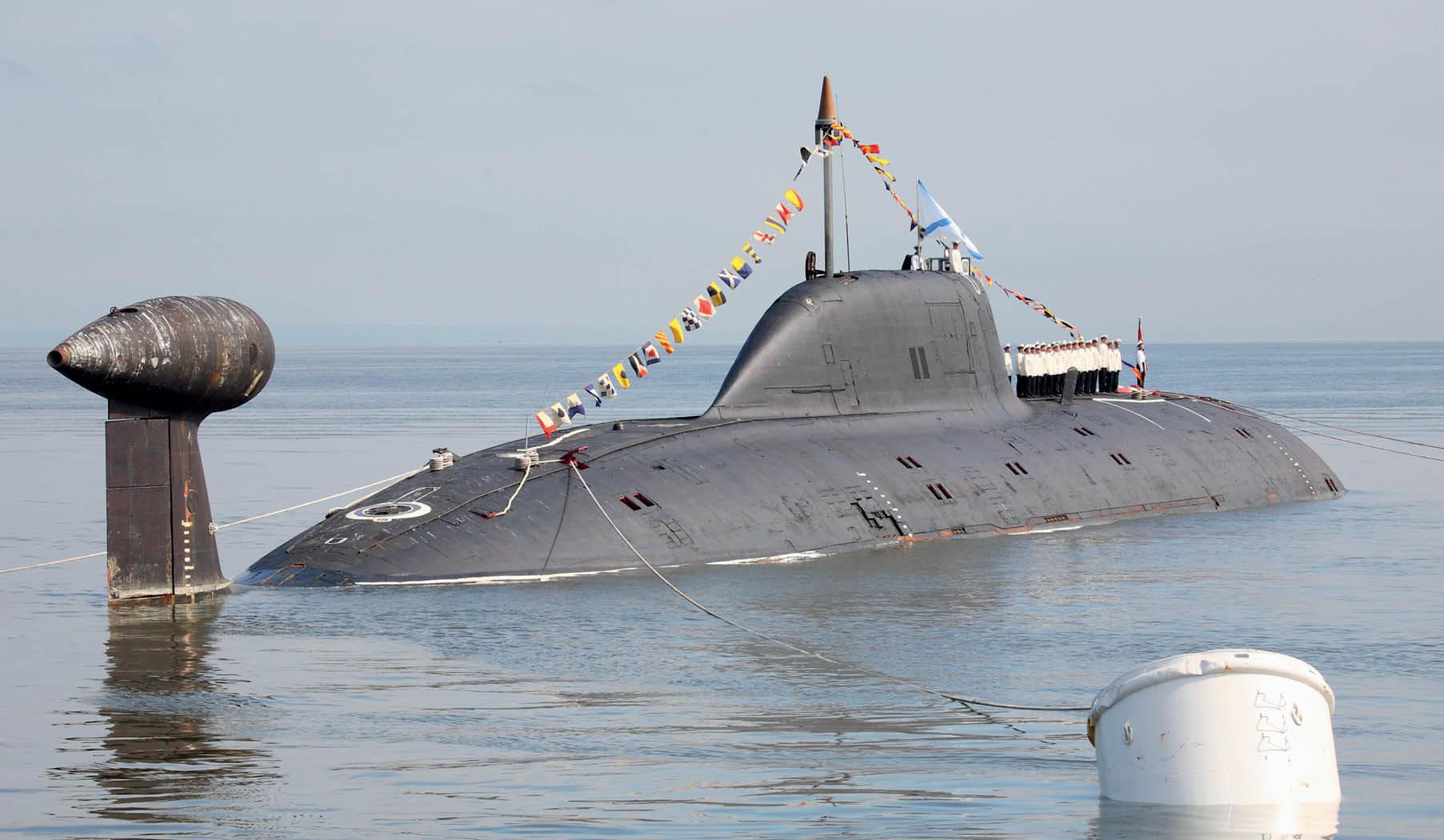
The Akula class submarine Magadan at Vladivostok Navy Day in 2009. (Alex Omen/CC-BY-3.0)
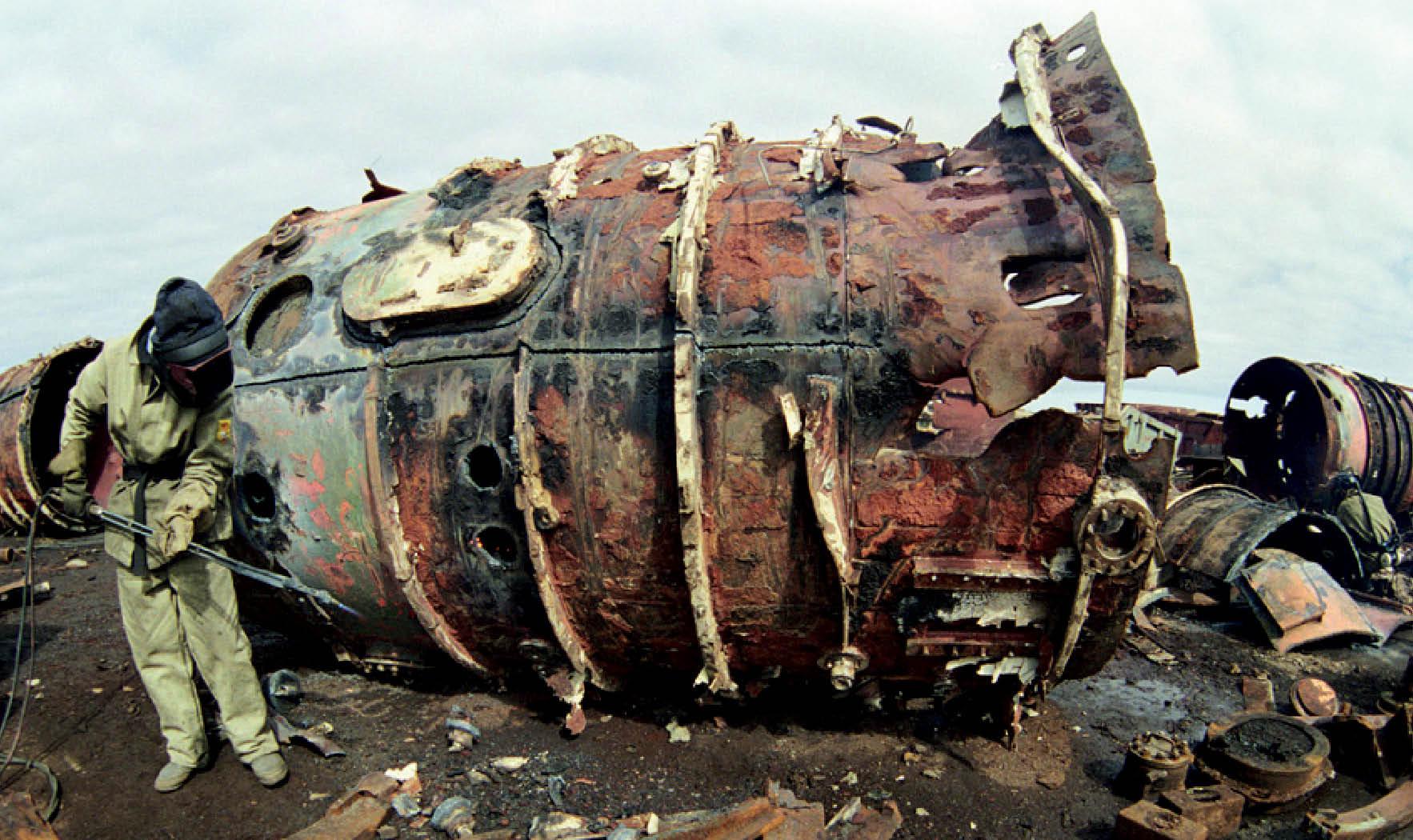
The final remnants of a Soviet submarine being dismantled. During the 1990s, Western states provided funds and expertise to support the safe disposal of Russia’s large fleet of decommissioned nuclear submarines inherited from the Soviet Union. (RIA Novosti archive, image #47532/A. Solomonov/CC-BY-SA 3.0)